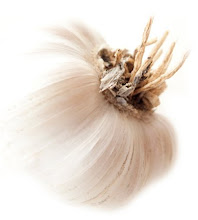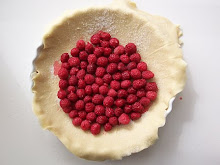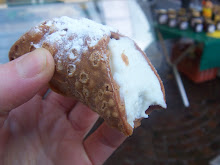
I spent quite a great portion of last week accessorizing my kitchen.
One of my most prized possessions are my pestle and mortar. A small, mass produced ceramic version, its not the giant raw marble kind I would ideally have, but it does the job since I only buy my spices whole and raw (they taste a world better).
Ever since my trips to the Netherlands I have been obsessed with the Speculaas spice mixture and have recreated it in cakes, pastry, and meringues. Speculaas combines cinnamon, nutmeg, cloves, ginger, cardamom and white pepper, but I use whatever is at hand for an aromatic constant gratification.
I now mostly use salted butter in pastries. I find that is balances the sweetness, and also acts as an enhancer, resulting in dough, tart bases and meringues with a complex and round flavor, adding another layer of complexity to the overall result as opposed to just being ‘sweet’. Nothing in life is black or white, and similarly neither are flavors sweet or savory. Its all about balance and a dialogue between two extremes.
This spice mixture has proved extremely successful in short crust pastry as a base for a lemon curd tart. The sharp fragrant spices in the pastry are enhanced by the salted butter and bring out the zest in the smooth lemon curd.
Speculaas Pâte sablée
(for a Ø20cm tart case)
For the dough
1 cup flour, sifted
½ cup confectioner’s sugar
Speculaas spice mix (see recipe below)
90 gr cold butter (I use salted), cut into small pieces
1 egg
Speculaas spice mix
4 tsp cinnamon
1 tsp cloves
1 tsp mace
1/3 tsp dry ginger
1/5 tsp white pepper
1/5 tsp cardamom
1/5 tsp coriander seeds
1/5 tsp anise seeds
1/5 tsp nutmeg
Using a pestle & mortar or a coffee grinder, grind the spices together (Its ok if you leave some spices out). Set aside.
In the bowl of a food processor mix the flour, sugar, Speculaas spice mix and butter. Pulse until the texture resembles coarse sand.
Stir in the egg and pulse only until the dough pulls together.
Alternatively, if your food processor is broken (!) you can make the dough using your hands.
In a large bowl mix the flour, sugar and the spices. Sprinkle the butter pieces over the dry ingredients and, using your hands, work quickly to combine the mixture until the texture resembles coarse sand. Add the egg and work only until the dough pulls together. The most important thing is not to fiddle too much with the dough.
Turn the dough out onto a work surface and knead just to incorporate any dry ingredients that might have escaped mixing.
Pat into a ball and flatten into a disk.
Chill the dough, wrapped in plastic, for at least an hour.
Preheat the oven to 180°C.
On a lightly floured baking sheet, flatten the disk with a rolling pin. Lift the dough and give it a quarter turn. This prevents the dough from sticking to the surface.
Lightly dust the top of the dough or the rolling pin with flour as needed, then roll out until the dough is about 5mm thick.
Using the paper as aid, flip the dough into a tart pan with removable bottom, then peel off the paper.
Lightly press the pastry into bottom and up sides of pan. Roll your rolling pin over top of pan to get rid of excess pastry and with a thumb up movement, press the dough into pan.
Roll rolling pin over top again to get rid of any extra pastry.
Prick bottom of dough, cover and freeze for about 10 minutes.
Line unbaked pastry shell with parchment paper and fill the tart pan with pie weights or beans (make sure the weights are evenly distributed over the entire surface).
Bake the crust for 10 minutes.
Remove the pie weights and the parchment paper and bake for a further 5 minutes.
The crust should be dry and a light golden brown color.
Allow the crust to cool on a wire rack before filling.














